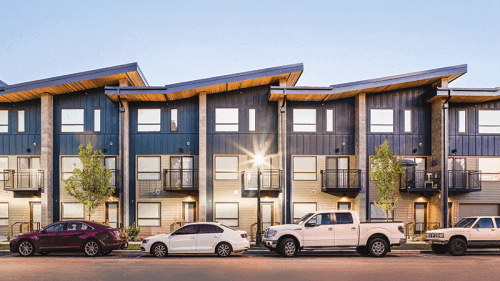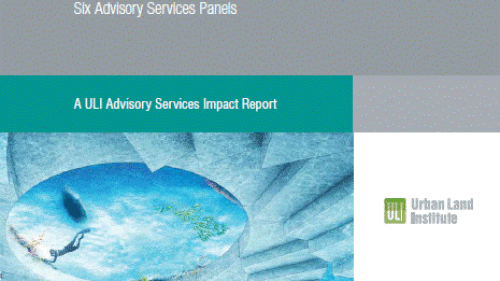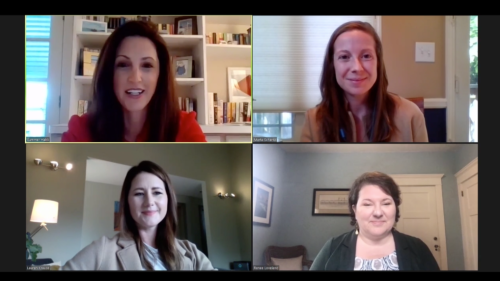Multifamily
Ten projects leverage public and private resources to realize complex new developments.
A new ULI report explores the social, environmental, and economic benefits of creative placemaking, along with successful case studies in the United States.
Investors who specialize in “deconverting” condo properties back into rentals are finding opportunities. But the deals take patience and fortitude.
Successful development of 20-minute communities in Black and brown neighborhoods requires community involvement and ownership, according to panelists who explored the topic at ULI’s 2021 Fall Meeting.
Khoo Teng Chye, the new chair of ULI Asia Pacific, began his three-year term in July, succeeding Nicholas Brooke, chairman of Professional Property Services in Hong Kong. An urban planner based in Singapore, Khoo teaches at the Faculty of Engineering and the School of Design and Environment at the National University of Singapore. Previously, he was executive director of Singapore’s Centre for Liveable Cities and chief executive officer of PUB, Singapore’s National Water Agency.
Nearly 800 structures were converted to apartment buildings during the 2010s, the highest number in the past seven decades, according to research by data provider Yardi Matrix. Chicago tops the list of U.S. cities with the most adaptive-use apartment buildings, whereas New York City is home to the most converted apartment units in total.
Ten multifamily residential developments capitalize on waterfront locations.
Multifamily housing experts have seen financial and energy savings, plus improved resident retention, from their efforts in sustainability, health, and reduced energy use.
Eight years after a ULI Advisory Services panel gathered in the shadow of Pikes Peak to brainstorm about revitalizing Colorado Springs, the recent opening of the $91 million U.S. Olympic & Paralympic Museum in the southwest corner of downtown represents an important cornerstone of the city’s urban renewal effort while bolstering its identity as “Olympic City, USA.”
A ULI member from the San Francisco Bay area weighs the pros and cons of converting the HVAC system of a 1960s-era office building.









